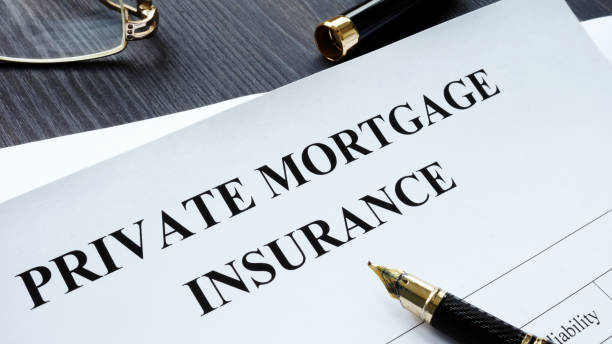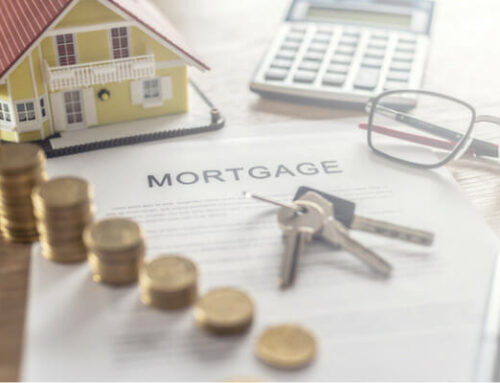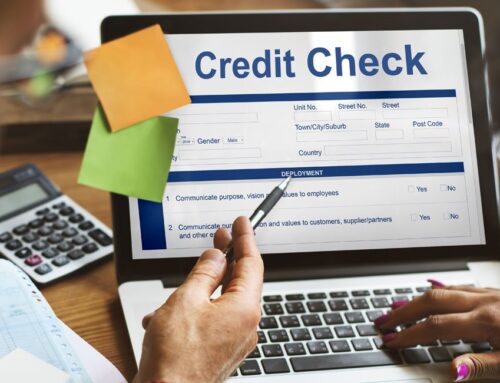There are many terms you’ll learn while in the process of purchasing a home. Sometimes trying to learn what each term means and the difference between them can be overwhelming. One of these terms that can be confusing for many to understand is Private Mortgage Insurance. Luckily, we’re here to help break it down so you can move forward in the process feeling confident!
What is Private Mortgage Insurance?

The good news is once you have reached at least 20% equity in your home, you can request to stop paying the PMI.
How Much is Private Mortgage Insurance?
The PMI can change daily based on the available rates. Typically you can expect to pay anywhere from 0.5% – 5% of your loan amount per year.
Increasing your down payment amount, even if it isn’t $20,000, can help lower your PMI premium. Along with this, if you have a good credit score and credit history, you may be more likely to have a lower premium, whereas if you have a low credit score, your lender may require you to pay a higher premium.
How Do I Pay the PMI?

Sometimes, you may be able to pay your PMI with a one-time up-front premium. However, if you move or refinance your home, you may not be eligible for a refund of the premium you payed up-front.
The other way you may be able to pay your private mortgage is a combination of the above two. This would be an up-front premium payment, and then having the rest added to your monthly mortgage payments.
Ways to Get Rid of PMI
Aside from reaching at least 20% equity in your home, as we included above, there are a couple other ways to get rid of your PMI. If you have made significant improvements on your home that have increased your home’s value, you may be able to have your PMI removed.
The other way you can request to have your PMI removed is if your home’s value has increased thanks to market conditions. If this request is made within the first 2-5 years of owning your home, you will be required to have 25% equity. However, if this request is made after five years, you will only be required to have 20% equity.
For you cancelation request to be considered, also keep in mind that you will have to be current on your loan payments, and an appraisal will need to be completed to verify your home’s value.
If you have any further questions on private mortgage insurance, please reach out to us here at Team Crescenzo. We’ll be happy to provide you with additional information and get you started on the path to homeownership!









